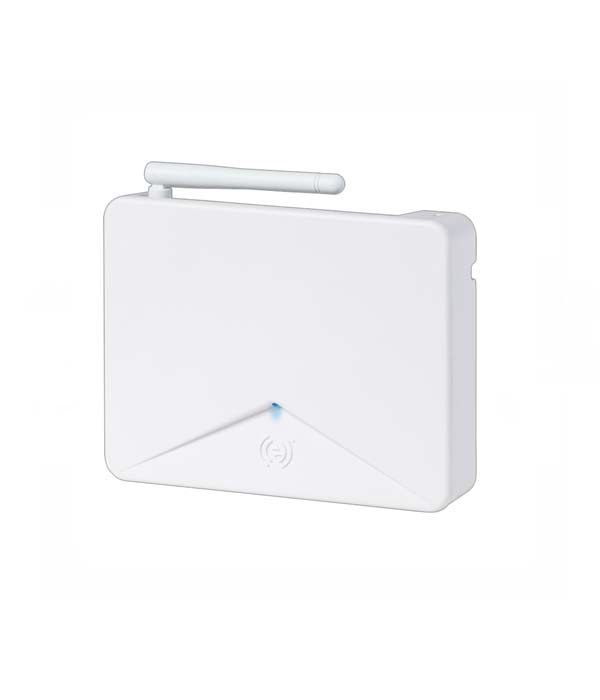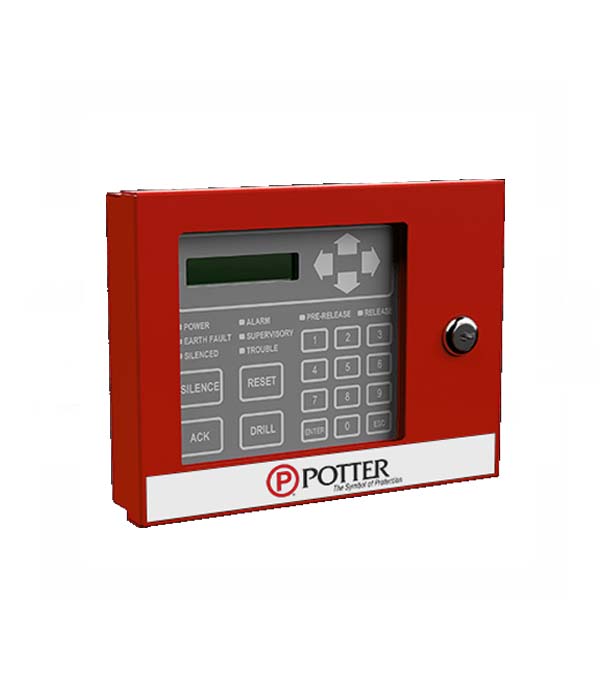CDVI GWE Engage Gateway w/IP (PoE)/RS-485 Comm
The cable manager may include dedicated channels or pathways
for routing and separating different types of cables, such as power
cables, data cables, or fiber optic cables. This segregation helps to
minimize signal interference and maintain cable integrity.
Cable Identification: Some models of the cable manager may have
labeling or tagging options to identify individual cables or cable
bundles. This simplifies cable tracing, troubleshooting, and
maintenance tasks.Cable Retention Features: The cable manager
may incorporate cable retention mechanisms, such as cable clips,
hooks, or loops, to secure cables in place and prevent them from
sagging or tangling. This ensures a neat and organized cable layout.
Integrated Grounding: The cable manager may include integrated
grounding provisions or bonding points to ensure proper grounding
of cables, promoting electrical safety and minimizing the risk of
electromagnetic interference.Snap-On Covers: Some models of
the cable manager may come with snap-on covers or doors to
enclose and protect the cables. These covers provide a clean and
professional appearance while safeguarding the cables from dust,
debris, and accidental damage.Modular Design: The cable manager
may feature a modular design that allows for easy expansion or
reconfiguration. Additional sections or modules can be added or
removed as needed, providing scalability and adaptability to
changing cable management requirements.Cable Bend Radius
Management: The cable manager may incorporate features such as
rounded edges, smooth cable pathways, or cable radius control
accessories to ensure proper cable bend radius and prevent
excessive cable stress or damage.Cable Management Accessories:
The cable manager may offer compatibility with a range of cable
management accessories, such as cable rings, cable managers, or
cable spools. These accessories can be attached to the cable
manager to further enhance cable organization and support.
Tool-less Installation: Some models of the cable manager may
feature tool-less installation, allowing for quick and convenient
mounting or dismounting without the need for additional tools.
Fire-Retardant Construction: The cable manager may be
constructed with fire-retardant materials or feature fire-rated
properties to help minimize the spread of fire in case of an
emergency.
Specifications
- Dimensions: The cable manager may have specific dimensions,such as height, width, and depth, to accommodate different rack
or cabinet configurations. The exact dimensions of the Chatsworth
30096-703 model can be provided by referring to the product
documentation or manufacturer’s specifications.
- Material: The cable manager is typically constructed fromdurable materials that provide strength and support for cable
management. Common materials used include steel, aluminum, or
plastic. The Chatsworth 30096-703 model may specify the material
used in its construction.
- Weight Capacity: The cable manager may have a specifiedweight capacity, indicating the maximum load it can support. This
capacity is important to ensure the cable manager can safely
handle the weight of the cables and any associated equipment.
The weight capacity of the Chatsworth 30096-703 model can be
obtained from the manufacturer’s specifications.
- Mounting Options: The cable manager may offer variousmounting options, such as front or rear mounting, or compatibility
with specific rack or cabinet systems. The Chatsworth 30096-703
model may specify the mounting options available and any
additional hardware required for installation.
- Color: The cable manager may be available in different colorsto match the aesthetic or design requirements of the installation
environment. The Chatsworth 30096-703 model may specify the
color options available.
- Environmental Considerations: The cable manager may havespecific environmental ratings or certifications, such as
compliance with RoHS (Restriction of Hazardous Substances)
regulations or UL (Underwriters Laboratories) safety standards.
These considerations ensure the cable manager meets industry
standards and can be safely used in different environments.
- Compatibility: The cable manager may be compatible withspecific rack or cabinet systems, such as 19-inch racks or EIA
(Electronic Industries Alliance) standards. The Chatsworth 30096-
703 model may specify its compatibility with certain systems or
provide guidelines for proper integration.
- Accessories: The cable manager may have optional accessoriesavailable, such as cable management hooks, panels, or covers, to
enhance its functionality or customization options. The Chatsworth
30096-703 model may list compatible accessories that can be used
in conjunction with the cable manager.
- Certification: The cable manager may have undergone specificcertifications or testing to ensure its performance, reliability, and
compliance with industry standards. The Chatsworth 30096-703
model may specify any relevant certifications or testing it has
undergone.
- Packaging: The cable manager may be packaged and sold as astandalone unit or as part of a kit that includes necessary
installation hardware and accessories. The packaging details for
the Chatsworth 30096-703 model can be obtained from the
manufacturer’s specifications.
Features
- Double-Sided Design: The cable manager is designed withcable management capabilities on both sides, providing increased
capacity and flexibility for organizing and routing cables.
- High-Density Cable Management: The cable manager isdesigned to accommodate a large number of cables, allowing for
efficient and organized cable routing in high-density
environments.
- Cable Protection: The cable manager may feature built-in cableguides, slots, or fingers that help protect and secure cables,
preventing them from becoming tangled, damaged, or accidentally
disconnected.
- Adjustable Cable Management: The cable manager may offeradjustable components, such as movable cable rings or fingers,
allowing for customizable cable routing and easy reconfiguration as
needs change.
- Cable Access: The cable manager may provide easy accesspoints or openings for routing cables into and out of the manager,
simplifying cable installation and maintenance.
- Cable Labeling: The cable manager may include provisions forlabeling or tagging cables, facilitating identification and
organization of different cable types or connections.
- Cable Bend Radius Control: The cable manager may havefeatures or design elements that help maintain proper cable bend
radius, ensuring optimal signal integrity and minimizing stress on
cables.
- Integrated Grounding: The cable manager may includegrounding options or provisions to maintain proper grounding for
cables and equipment, promoting electrical safety and reducing
interference.
- Cable Separation: The cable manager may have dividers orcompartments that allow for the separation of different cable
types or pathways, reducing the risk of signal interference or
cross-talk.
- Tool-less Installation: The cable manager may offer tool-lessinstallation, allowing for quick and hassle-free mounting or
attachment to racks or cabinets.
- Cable Management Accessories: The cable manager may haveoptional accessories available, such as cable management clips,
straps, or panels, to enhance cable organization and provide
additional customization options.
- Cable Routing Management: The cable manager may providefeatures or channels for guiding and routing cables along specific
paths, ensuring neat and organized cable runs.


Reviews
There are no reviews yet.